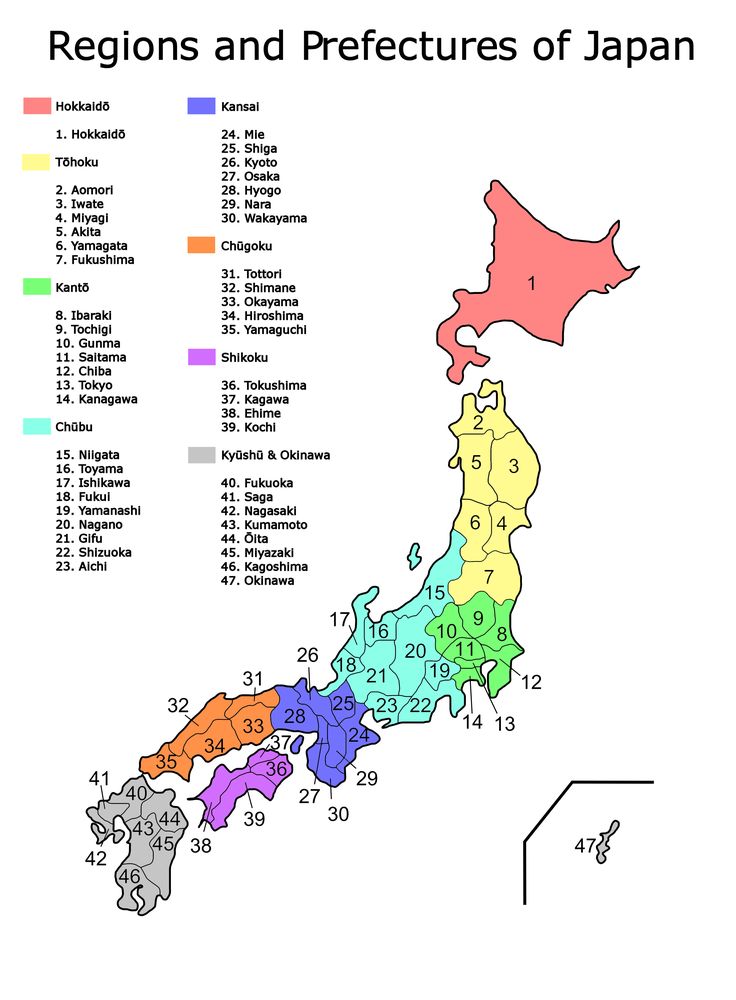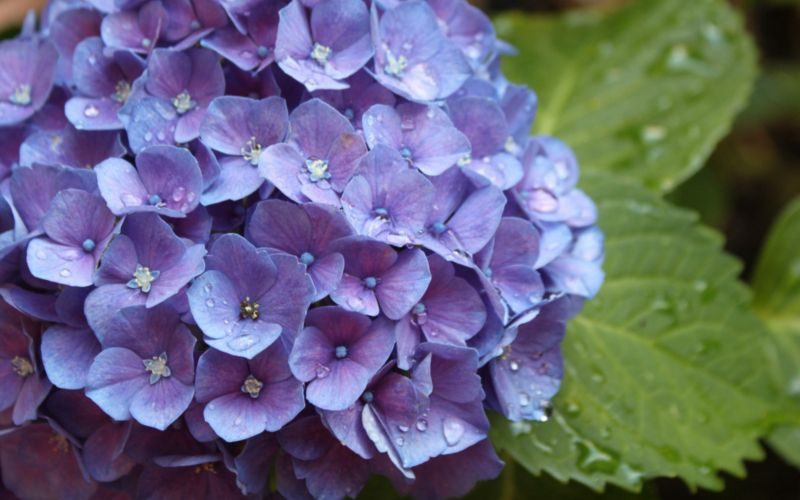Japan’s rainy season starts in early summer, between May and July, depending on the region. The period is called Tsuyu (also pronounced baiyu) which translates to “plum rain” as the season coincides with the ripening of Japan’s plums.
The wet weather is caused by cold winds from the north colliding wind warm southern winds which create several weeks of rain. The amount of rainfall varies dramatically from year to year. Some years are exceptionally wet whereas other years barely see any rain.
Table of Contents
When is the rainy season in Japan?
In most Japanese regions (including Tokyo), the rainy season runs from the beginning of June to mid-July. However, both the north and south of Japan experience it differently. The other thing to bear in mind is that the further west you go, the higher the chance of rain.
Hokkaido and the Ogasawara islands barely experience any rain at all over these weeks. This doesn’t mean the weather there is perfect, as it can be cold and cloudy during this period. In Japan’s southern islands, such as Okinawa, the rainy season comes a little earlier, in May.
| Rainy season in Japan: Average dates | ||
| Region | Average Start Date | Average End Date |
|---|---|---|
| Okinawa | May 9 | June 23 |
| Southern Kyushu | May 31 | July 14 |
| Northern Kyushu | June 5 | July 19 |
| Shikoku | June 5 | July 18 |
| Chugoku | June 7 | July 21 |
| Kansai | June 7 | July 21 |
| Southern Chubu | June 8 | July 21 |
| Northern Chubu | June 12 | July 24 |
| Kanto | June 8 | July 21 |
| Southern Tohoku | June 12 | July 25 |
| Northern Tohoku | June 14 | July 28 |

What should you expect from the rainy season?
The weather during rainy season is unpredictable. There can be heavy rain and storms at any time, though days can pass without a single drop of rain. Similarly, though the rainy season is known for its cooler temperatures, there can be sunny, hotter days.
The other downside of the weather during rainy season is the humidity. It can be difficult and uncomfortable on a hot day, but generally speaking, the temperatures aren’t too high over this period.
The humidity of the rainy season creates the perfect environment for mold to grow. Visitors should take care with their belongings and keep their things dry by airing their suitcases and bags out. Food should be kept properly refrigerated.
Traveling to Japan during the rainy season
For most travelers, the rainy season isn’t the ideal time to visit Japan. The rain and storms which characterize the period put a lot of people off. Both the periods before and after are more popular times to go.
However, the weather is unpredictable and wet weather is not guaranteed. Travelers going to Japan during these weeks should pack strategically and prepare for all weather possibilities. Another important tip is to not bet too much on weather forecasts more than a couple of days ahead as the weather is so changeable.
The start of the rainy season falls just after Golden Week, the annual peak travel time in Japan. Prices for accommodation and transport drop after this week of festivities as locals return to work and school.
Visitors to Japan can also witness the stunning rain chains which hang from shrines, temples, and people’s houses. The decorations transform wetness, something which is normally dull and gloomy, into something beautiful.

The other benefit of visiting Japan during the rainy season is the stunning flowers that bloom. It is hydrangea season, which means that you can see the beautiful hydrangea (ajisai) flowers that spring up in this region of Asia.
